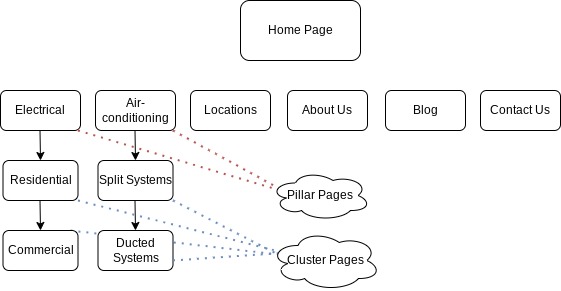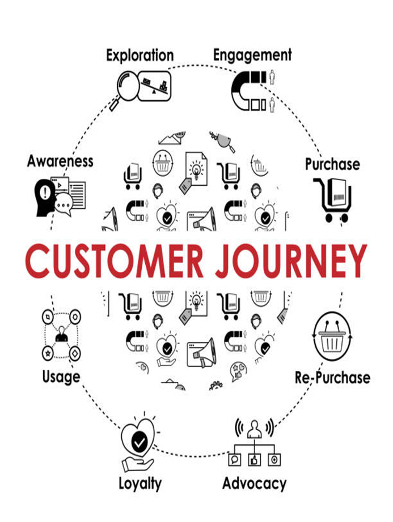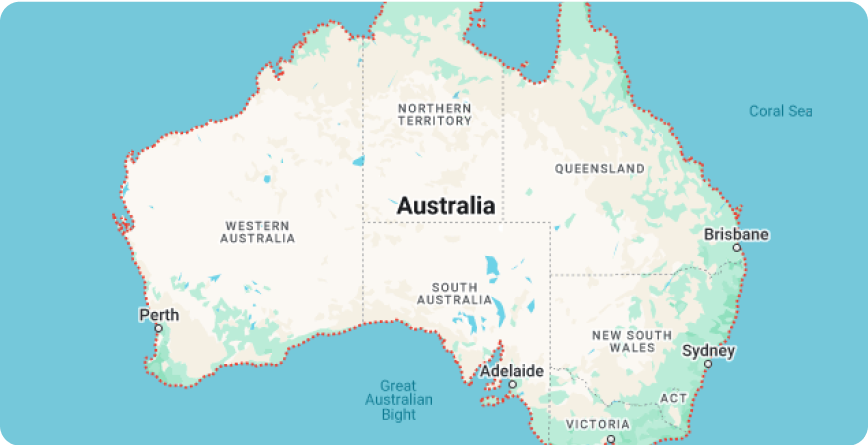What this article will cover
This article: SEO For Trade Businesses, will cover the three main stages of the buyer’s journey and what needs to be done to optimise correctly for them. So let’s dive in and discover how optimising for the buyer’s journey can help your new business get noticed!
Definition of SEO & the Buyer’s Journey
When starting SEO For Trade Businesses, it’s essential to understand how your customers are making purchasing decisions. That’s where the buyer’s journey comes in. It’s a framework that describes the stages your customers go through before purchasing, from awareness to consideration to decision. SEO – Search Engine Optimisation, is the process of optimising your website to be more visible and attractive to search engines like Google.
By using expert knowledge and creative strategies, SEO helps your website stand out from the crowd and with the right optimised content, attract the right visitors at each stage of the buyer’s journey. So let’s dive in and discover how optimising for the buyer’s journey can help your new business get found!
Stage 1: Awareness
Importance of Keyword Research
It is imperative at the beginning of any SEO strategy to conduct keyword research. This task is the foundation of any holistic SEO strategy. Think of SEO as a skyscraper, keyword research is the foundation, done at the beginning and the most important. Through this research, we will discover all of our head, long-tail, and LSI (Latent Semantic Indexing) keywords for each stage of our buyer’s journey.
Creating a Keyword Strategy
One of the most effective ways to strategise for keyword research is the Pillar and Cluster model:

The Pillar and Cluster model is a popular approach for formulating a keyword strategy. It involves targeting head term keywords, which are usually one to two words and highly competitive. Ranking for head terms is challenging for new businesses because they typically have fierce competition from well-established businesses and require significant authority. However, competitive head terms can be used as the starting point to identify less difficult keywords that are relevant to our business, which we’ll then use as our pillars and create comprehensive content around.
In addition to our pillar keywords, we’ll identify long-tail keywords that are broadly related to each pillar topic. Long-tail keywords usually consist of three to five words and are less competitive than head terms. These will form our clusters. Each cluster should be relevant to the pillar topic and provide value or education to the user. We will use these clusters to create content that supports and expands on the pillar topic. By focusing on long-tail keywords within these clusters, we can develop a comprehensive keyword and content strategy with lower competition, improved search engine rankings, and increased website traffic.
In the Awareness stage, the buyer is aware of their problem or need but may not know the specific solution or product that can help them. So, we will target keywords relating to:
- How to…
- Best practices for…
- Tips for…
Creating High-Quality Content That Addresses Search Intent
When creating our content, we’ll use long-tail keywords as a starting point to identify topics relevant to our audience and business. The content we create will be based on the E-E-A-T principle, which stands for Experience, Expertise, Authoritativeness, and Trustworthiness.
- Experience refers to whether the content creator has first-hand or real-world experience on the topic.
- Expertise refers to the knowledge and skills of the content creator and how well they demonstrate their expertise in the topic.
- Authoritativeness refers to the reputation and authority of the website and the author of the content.
- Trustworthiness refers to the credibility and reliability of the information presented in the content.
While fresh brand-new content is essential, it’s also important to update existing content to maintain its relevancy. By focusing on E-E-A-T and relevance, we can create content that meets Google’s criteria and continues to provide up-to-date value to our audience.
Optimising Website Structure
Website structure should be optimised so users can easily navigate the website and find what they’re looking for without getting lost. Click depth, or the number of clicks it takes to reach a specific page is important to understand because users are likelier to abandon a website if they have to navigate it like a maze. Ideally, we want users to reach their desired destination in no more than three clicks.
When it comes to interlinking, it doesn’t matter where in the buyer’s journey the content is, as long as the pages that are linking to one another are relevant, in fact, this is a great way to help ease users along their buyer’s journey to the decision stage while keeping them on your website. This is also a great way for search engines to crawl your site and gauge its structure and relevancy, aiding in indexing and site authority.
Stage 2: Consideration
Creating Content That Addresses Common Customer Questions
Once a buyer reaches the consideration stage, they are already aware of the product or service they desire. They are searching for information to confirm any queries or questions. Positive reviews, relevant FAQs, and correctly structured content will aid in their transition into the decision stage. Conversely, if they come across negative reviews or irrelevant FAQs and poor content, this could be detrimental and turn them away.
It’s important to create content that not only answers the buyer’s questions but also provides unique value and insights. The number one goal is to focus on creating high-quality content that offers value and addresses your customer’s needs and concerns.
Stage 3: Decision
Creating Content That Showcases the Unique Value Proposition of Your Business
By this point, the buyer has already identified a need or problem and has researched and evaluated potential solutions. They are now ready to make a decision. At this stage, it’s crucial to showcase the unique value of your business. In other words, you want to highlight what sets you apart from the competition and why it’s the best solution for the buyer’s needs.
You can do this by creating content that highlights the benefits of your product or service, such as its unique features, superior quality, or exceptional customer service. Proof such as customer testimonials or case studies is a fantastic way to build trustworthiness with your clients and displays that you are the real deal.
Additionally, you need to include clear calls to action that guide the buyer toward making a purchase. This might include offering a free trial, providing a discount code, or directing them to a product page where they can make a purchase.
In conclusion, understanding SEO for trade businesses and the three-step buyer’s journey is imperative because it allows businesses to connect with potential customers at each stage of their decision-making process. By creating targeted content that addresses the needs and concerns of buyers at each stage, businesses can improve their visibility, build trust, and ultimately increase conversions. Failing to optimise for the buyer’s journey means missing out on potential customers and losing ground to competitors who are more attuned to the needs of their target audience.
SEO For Trade Businesses Buyer’s Journey 6 Final Tips:
- Understand the different stages.
- Develop buyer personas.
- Create targeted content.
- Optimise your content for SEO.
- Utilise lead magnets.
- Measure your results.
If you found this article useful, definitely consider reading our article on SEO for Tradies: Boost Your Online Presence and Attract More Customers

